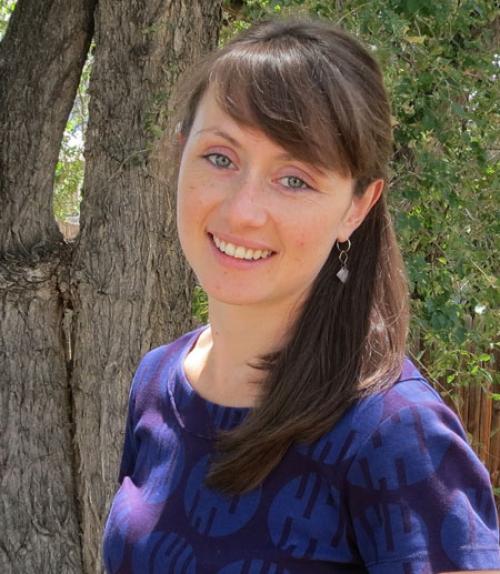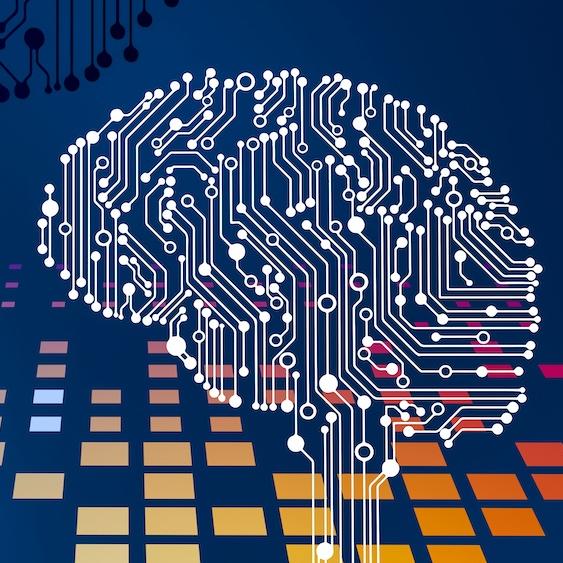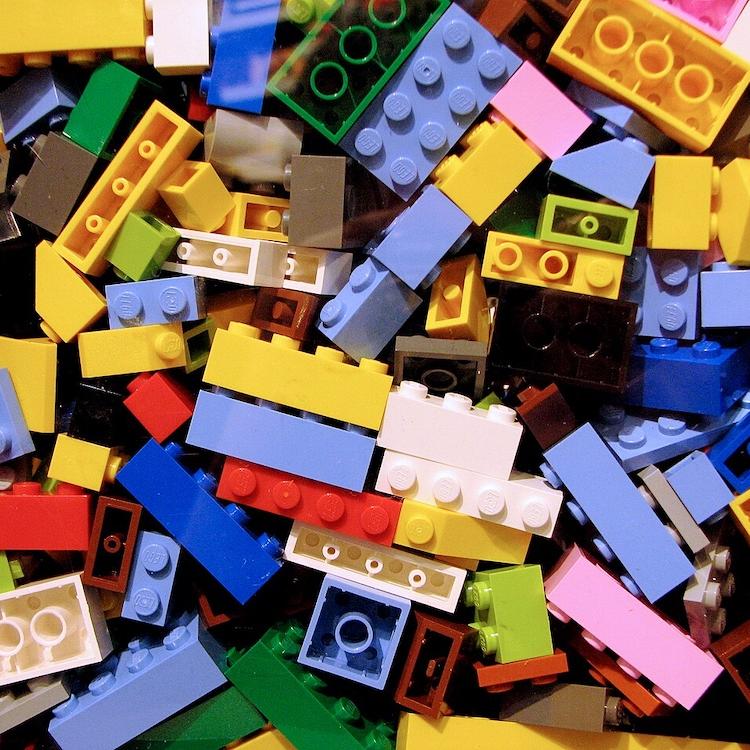
 Department Homepage
The College of Arts & Sciences
Department Homepage
The College of Arts & Sciences
Education researcher Natasha Holmes transforms physics lab courses
Walk into the lab section of any science course and you’ll see students busy with beakers, microscopes, calculators and more. But what’s really going on in their minds?




